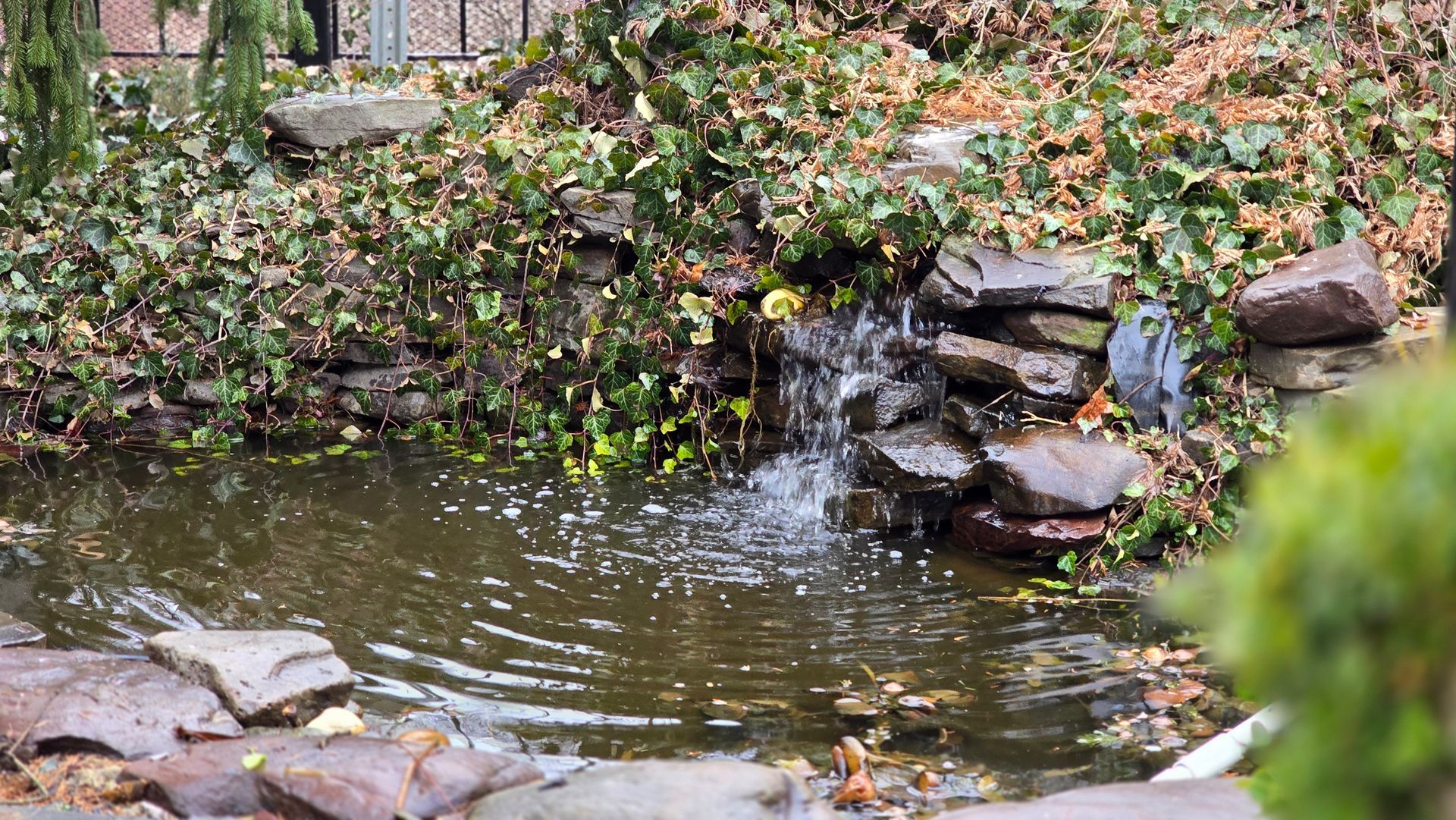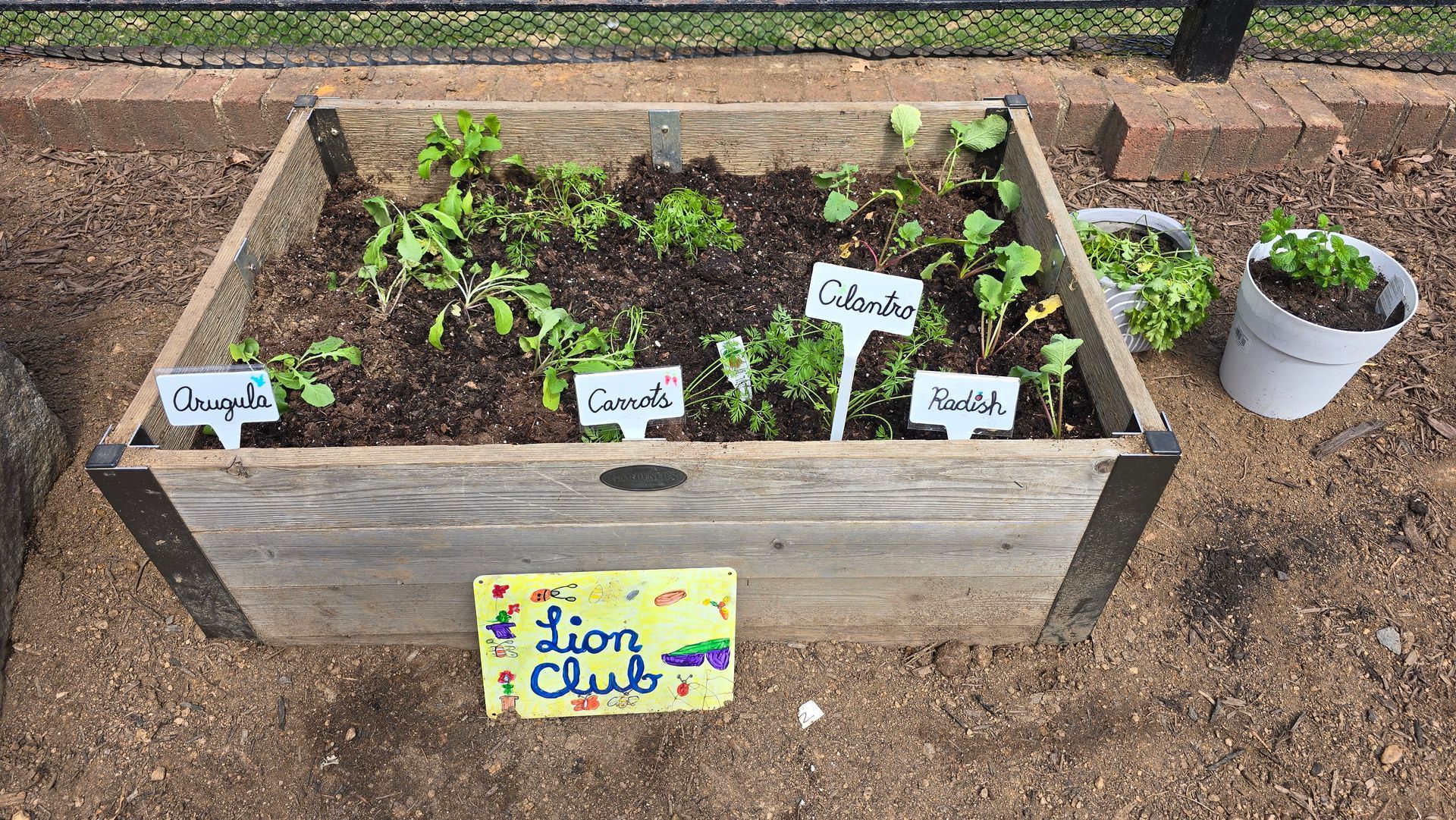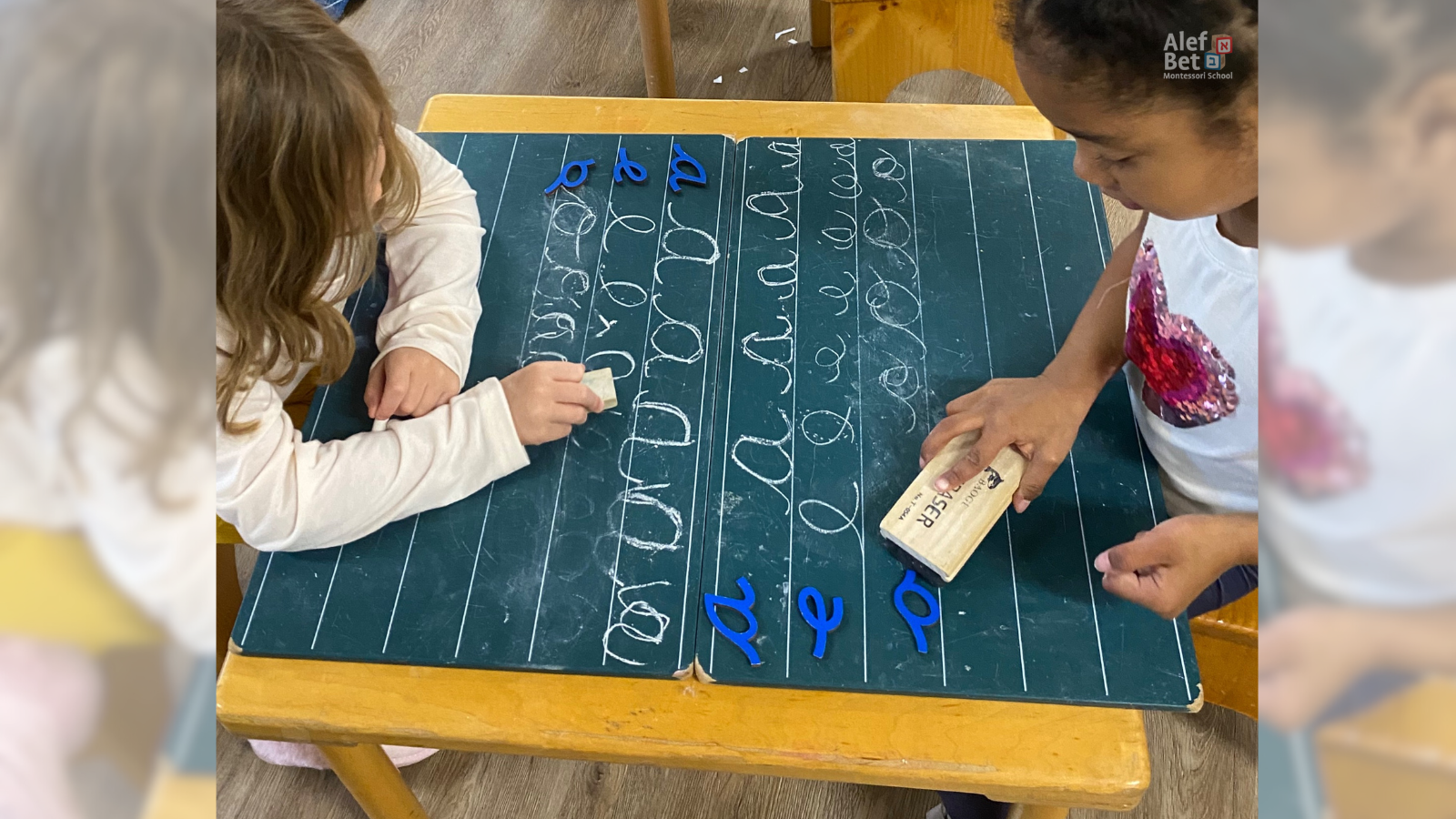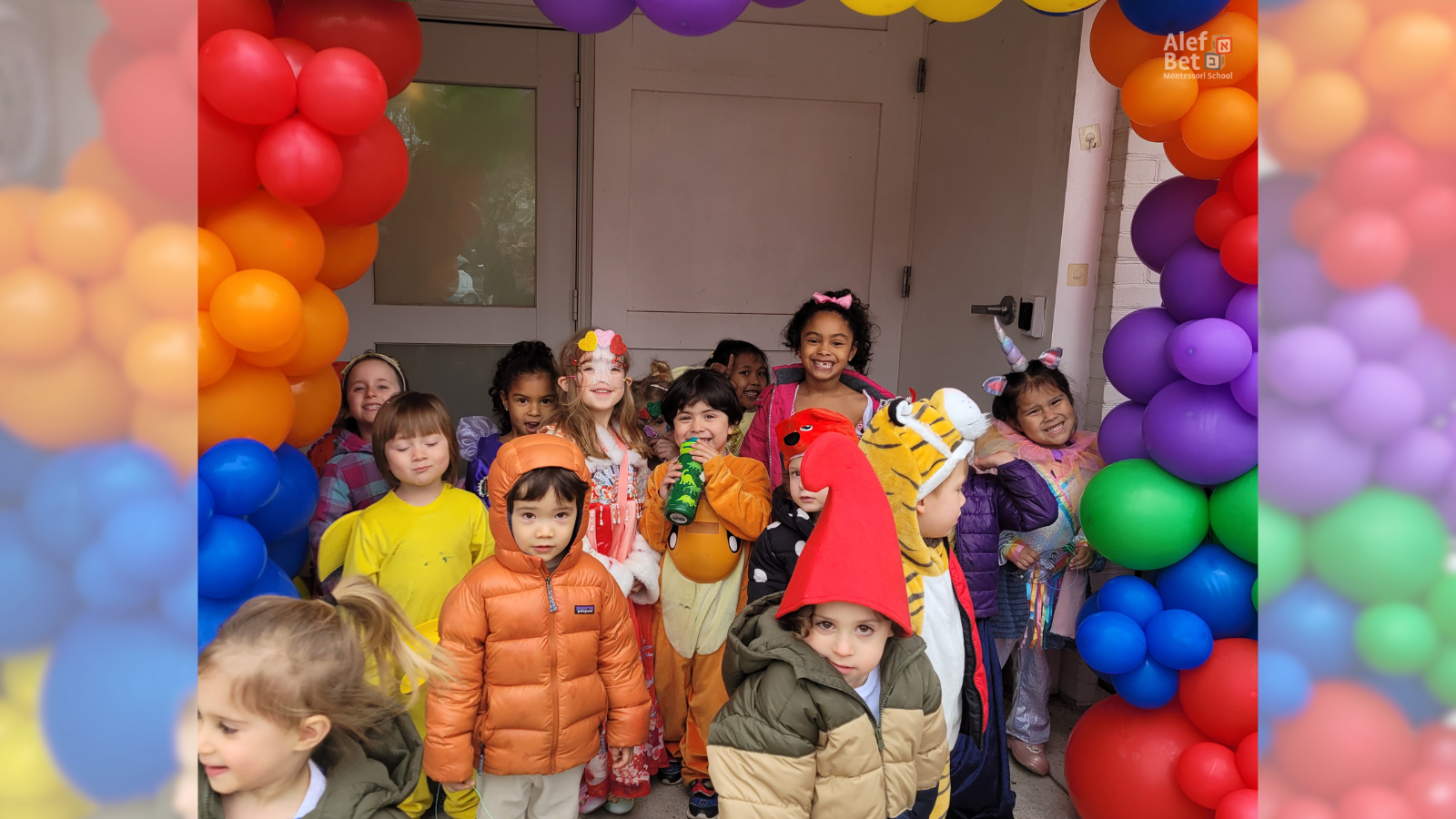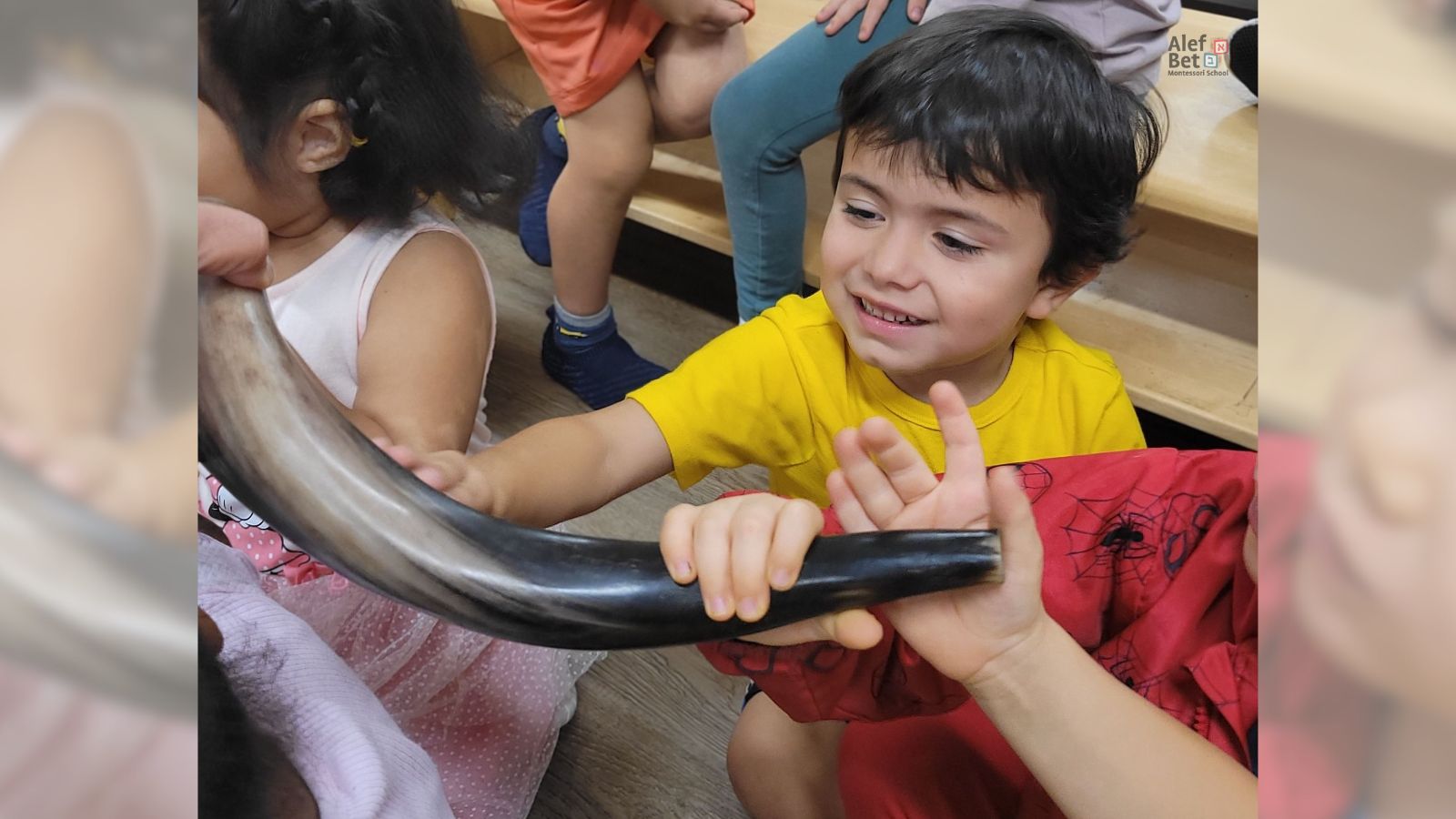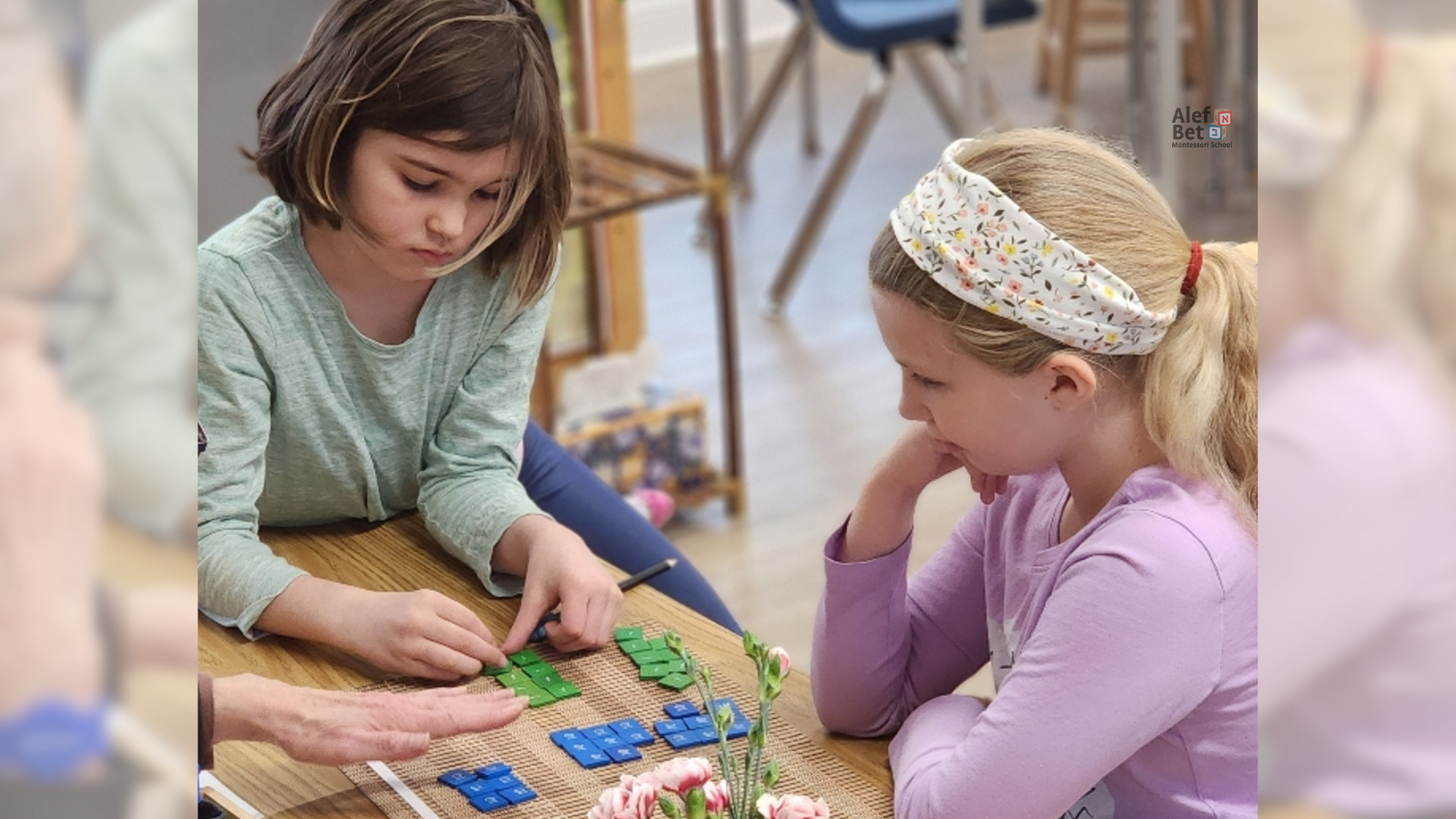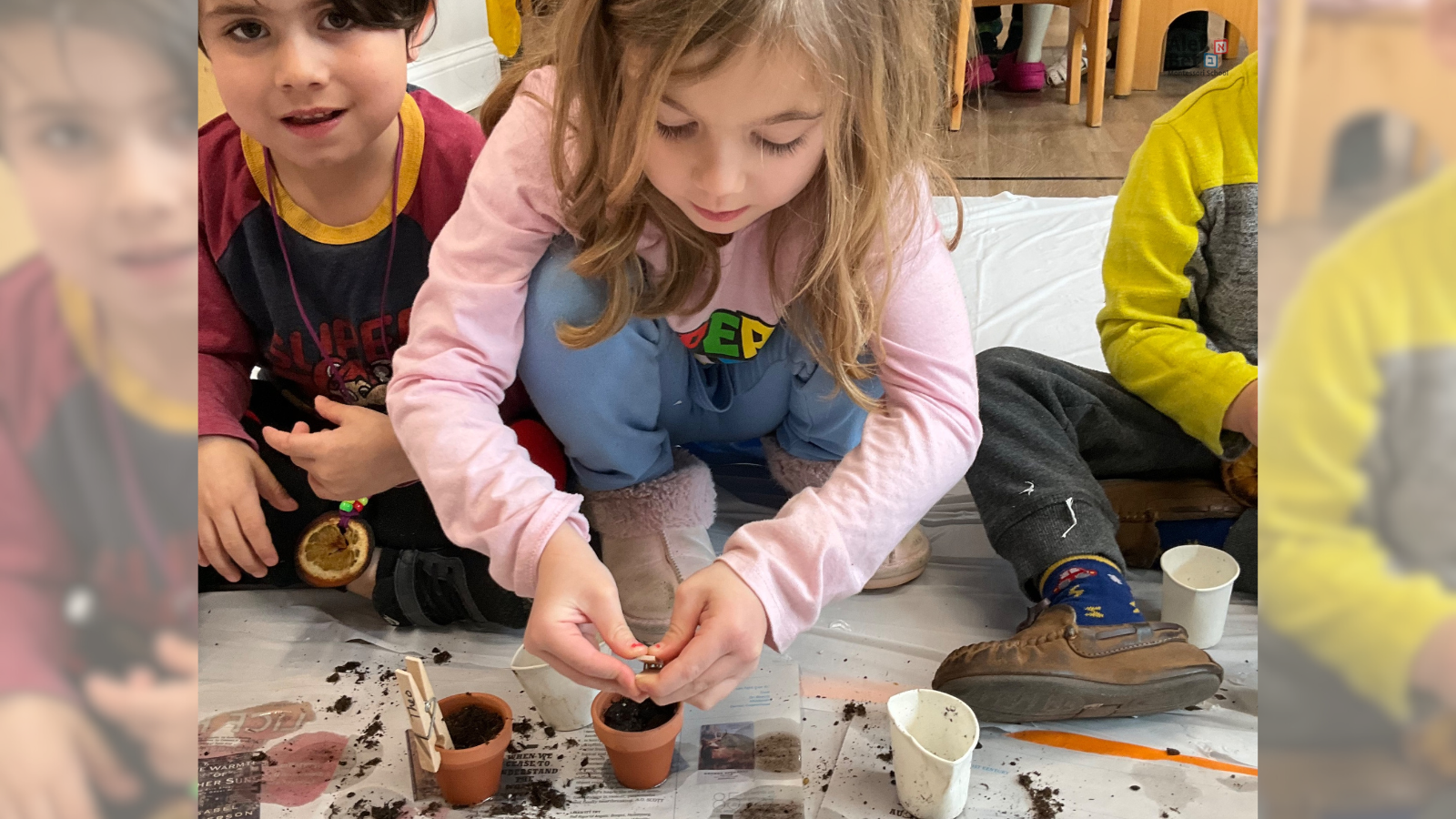Magnificent Montessori Materials
The Moveable Alphabet

In our classroom there is a large rectangular box, inside of which are 26 slots which contain sets of letters that comprise our Moveable Alphabet. The sets of letters enable the children to manipulate each letter to form sounds and words. In our classroom, children learn to write and then read, as they pronounce the sounds of the letters (phonetically, e.g. “LLL” or “MM”).
We support the notion that writing and reading are distinct processes. Montessori philosophy supports the methodology where writing comes first; using the Moveable Alphabet we are preparing the children for their own “discovery” of writing. After using the Moveable Alphabet several times, children begin to spontaneously read back what they have written and “discover” reading, as well.
Primary Class (3-6)
There are two dominant colors - pink (consonants) and blue (vowels). The color coding assists the child in developing the idea that all the words contain a combination of consonants and vowels. As soon as a child is familiar with some sounds (the first stage is sound lessons so that the child learns the sounds of the letters) they can be introduced to the Moveable Alphabet. Letters (that the child knows as sounds) are put together to make words and eventually sentences. A child is very excited when they can put the sounds /m/ /a/ /t/ together to make the word “mat.”
A child as young as three can successfully build words using the Moveable Alphabet.
Elementary (6-9)
At the elementary level, Moveable Alphabets can be used to study phonograms: two sounds that, when put together, create one sound such as sh or ch. Using a card that lists phonograms (e.g. sh - “shut”, “push”, “hush”) the child has a phonogram dictated by the teacher or another child. The child then uses the Moveable Alphabet to create the phonograms or words. The elementary child can then be asked to expand their vocabulary by correctly using the phonogram in a sentence. The Moveable Alphabet in this case would be color coded differently, as it is no longer necessary for a child to have emphasis placed on vowels, but on the phonogram sound. So the phonogram sh is in one color and the other letters are a different color.



